What is breast cancer?
Breast cancer is the most common type of cancer among women. Each year, more than 80,000 women develop breast cancer in India. Most of the cases occur in women over the age of 50, but breast cancer can occur in younger women as well. If you notice any lump or change in the normal breast, you should see a doctor promptly. Breast cancer is conquerable, if detected early.
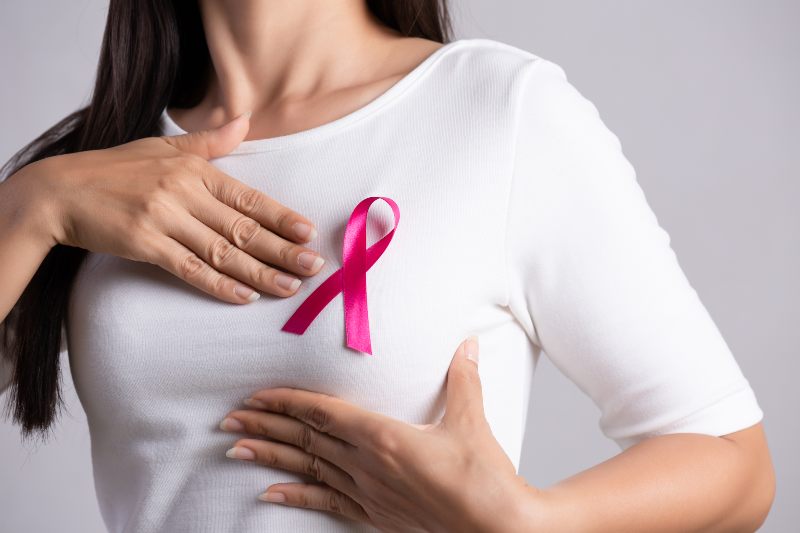
Types
Ductal Carcinoma – The most common type of breast cancer is Ductal carcinoma. This cancer begins in cells that line a breast duct. About 7 in 10 women with breast cancer have Ductal carcinoma.
Lobular Carcinoma – The second most common type of breast cancer is lobular carcinoma. This cancer begins in a lobule of the breast. About 1 in 10 women with breast cancer has lobular carcinoma.
Screening
Breast examination – Your doctor will check both of your breasts and lymph nodes in the armpit, feeling for any lumps or other abnormalities.
Mammogram – A mammogram is an X-ray of the breast. Mammograms are commonly used to detect breast cancer.
Breast Ultrasound – Ultrasound uses sound waves to produce images of structures deep within the body.
Ultrasound may help distinguish between a solid mass and a fluid-filled cyst. An ultrasound is often performed as part of the examination of a new lump.
If the doctor feels that further tests are needed, you may need a biopsy, from which Pathology experts determine whether the cells are cancerous or not. The biopsy sample is also analysed to determine the type of cells involved in breast cancer, the aggressiveness (grade) of the cancer, and whether the cancer cells have hormone receptors or other receptors that may influence your treatment options.
Apart from getting screened, please ensure regular breast self-examination and look out for signs such as:
- A breast lump or thickening that feels different from the surrounding tissue.
- Blood discharge from the nipple.
- Change in the size, shape or appearance of a breast.
- Changes to the skin over the breast, such as dimpling.
- Inverted nipple.
- Peeling, scaling or flaking of the pigmented area of skin surrounding the nipple (areola) or breast skin.
If you find a lump or other changes in your breast even if a recent mammogram was normal, do make an appointment with your doctor for a prompt evaluation.
Risk factors
Researchers have identified hormonal, lifestyle and environmental factors that may increase your risk of breast cancer. It is likely that breast cancer is caused by a complex interaction of your genetic makeup and your environment.
Doctors estimate that only 5 to 10 % of breast cancers are linked to gene mutations, passed through generations of a family. A number of inherited mutated genes that can increase the likelihood of breast cancer have been identified. The most common are breast cancer gene 1 (BRCA1) and breast cancer gene 2 (BRCA2), both of which significantly increase the risk of breast and ovarian cancer.
If you have a strong family history of breast cancer or other cancers, we recommend you to undergo genetic counselling and if required go for a testing, to help identify specific mutations in BRCA or other genes that are being passed through your family.
Other risk factors for breast cancer include:
- Increasing age
- Radiation exposure
- Obesity
- Early onset of menstruation
- Late onset of menopause
- Undergoing postmenopausal hormone therapy
- Smoking
- Excessive alcohol consumption
Treatment
The breast cancer treatment options are decided based on the type of breast cancer, its stage and grade, size, and whether the cancer cells are sensitive to hormones.
Women with breast cancer have many treatment options such as:
- Surgery
- Radiation therapy
- Hormone therapy
- Chemotherapy
- Targeted therapy
You may receive more than one type of treatment. Most women undergo surgery for breast cancer and also receive additional treatment before or after surgery, such as chemotherapy, hormone therapy or radiation therapy.
Surgical options for breast cancer
Breast Conservation surgery may be referred to as breast-sparing surgery or wide local excision. The surgeon removes the tumour and a small margin of surrounding healthy tissue with axillary nodes. Or removing the entire breast (mastectomy), this surgery is done to remove all of the breast tissues and axillary nodes. Also, removing both breasts, some women with cancer in one breast may choose to have their other (healthy) breast removed (contralateral prophylactic mastectomy) if they have a very increased risk of cancer in the other breast because of a genetic predisposition or strong family history.
Some women undergo to have breast reconstruction surgery at the same time.

Author : Dr. Anil K. D’Cruz- MS, DNB, FRCS(Hon.) is Director Oncology Apollo Hospitals, Mumbai, Channai & Delhi. He has a 33 years experience in the field of cancer.





 1800-270-7000
1800-270-7000



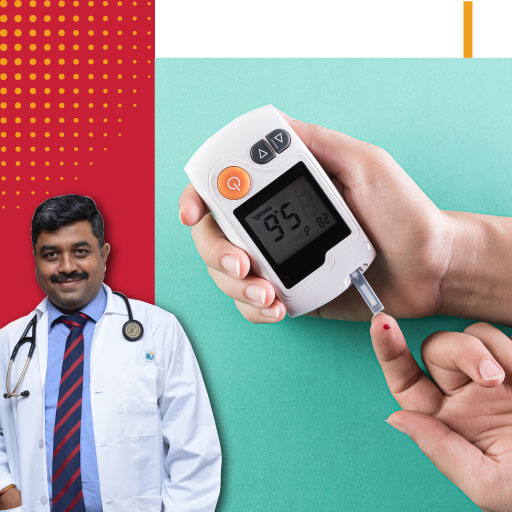
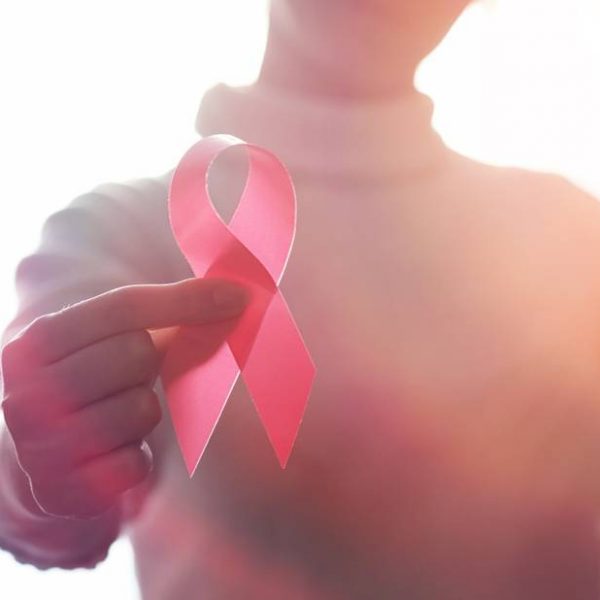
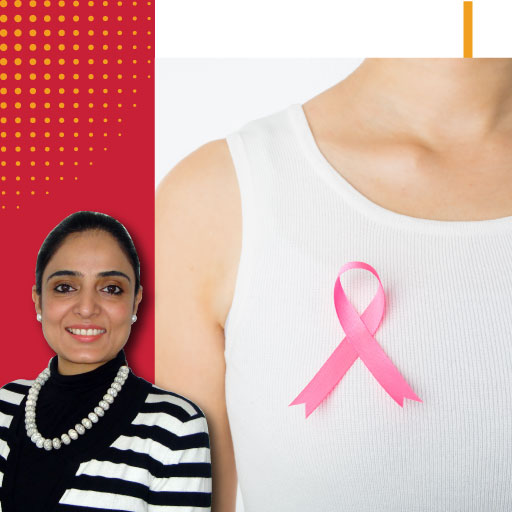


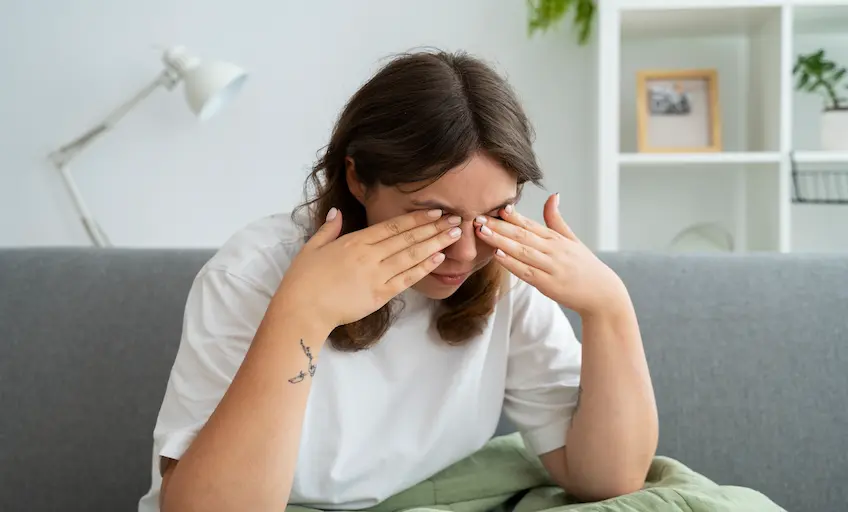

“Useful post”! People who are suffering with cancer, will find your story inspiring. We as a Cancer specialist hospital in Bngalore provide treatment for cancer are chemotherapy, hormone therapy and radiation therapy & many more.